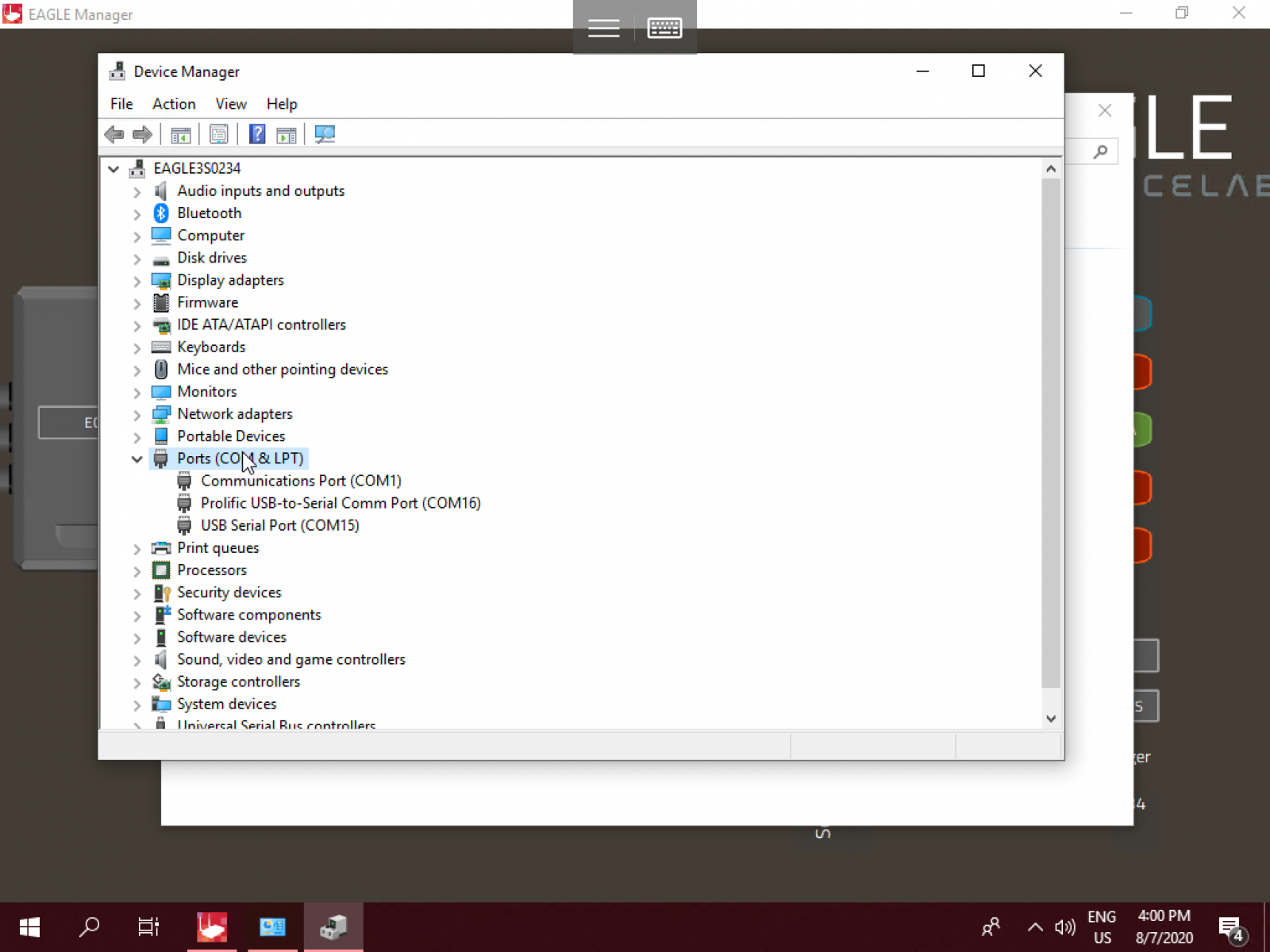Symptoms
Driver: 2.00: Windows XP/ Windows Vista/ Windows XP 32bit/ Windows XP 64bit/ Vista 32 bit/ Vista 64 bit/ Windows 7 32bit/ Windows 7 64bit.
- Follow these steps to uninstall the driver. 1) Open Device Manager. 2) Right-click on USB Mass Storage Device and select Uninstall. 3) If prompted for the continue, click the OK button. If you see Delete the driver software for this device, click the box next to it, then click the OK button. 4) Restart your PC.
- When you plug the device into your USB, Windows will look for the associated driver, if it cannot find this driver then you will be prompted to insert the driver disc that came with your device. Common USB Device errors are ‘ usb port not working ‘, ‘device descriptor request failed error’ or ‘bugcodeusbdriver’ issues.
When you try to install Windows on a computer by using a Windows installation DVD or ISO file, you receive one of the following error messages.
Note This issue occurs when you try to install Windows 7, Windows Server 2008 R2, Windows 8, or Windows Server 2012.
Windows 8 or Windows Server 2012
Load Driver
A media driver your computer needs is missing. This could be a DVD, USB, or Hard disk driver. If you have a CD, DVD, or USB flash drive with the driver on it, please insert it now.
Note: If the installation media for Windows in the DVD drive or on a USB drive, you can safely remove it for this step.
Windows 7 or Windows Server 2008 R2
Load Driver
A required CD/DVD drive device driver is missing. If you have a driver floppy disk, CD, DVD, or USB flash drive, please insert it now.
Note: If the Windows installation media is in the CD/DVD drive, you can safely remove it for this step


Resolution
To resolve this issue, use one of the following methods, as appropriate for your situation:

Burn the installation DVD at a slower speed.
Use a better quality DVD to create the installation DVD.
Update the BIOS firmware for your DVD drive.
Use the Windows 7 USB/DVD Download tool to create a bootable USB flash drive, and then use the USB flash drive to install Windows.
More Information
This issue occurs for one of the following reasons:
The installation DVD is removed during the setup process.
A low-quality DVD was used to create the installation DVD.
The speed at which the installation DVD was burned was too fast.
The DVD drive cannot read the media.
The ISO file is corrupted.

Troubleshooting methods
Use one of the following methods to troubleshoot this issue, as appropriate for your situation:
Run the DVD on a different computer to determine whether the DVD works correctly.
Test your DVD drive by using an official Windows installation DVD.
Attach the ISO file to a virtual machine to check whether it is corrupted.
When you troubleshoot this issue, first check whether the ISO file is corrupted. Each ISO file that you download from the MSDN Subscriber Downloads website has a SHA1 value that you can compare with the SHA1 value on the MSDN Subscriber Downloads website. However, the Microsoft Volume Licensing Service Center (VLSC) site currently does not list checksums or SHA1 values.
To compare the SHA1 values for the ISO file that you downloaded, follow these steps:
Install the Microsoft File Checksum Integrity Verifier tool. To download the tool, go to the following Microsoft Download Center website:
At a command prompt, type the following command, and then press Enter:
Fciv.exe <File name>.iso -sha1
Verify that the SHA1 value matches the SHA1 value that is listed on the MSDN Subscriber Downloads website.
For example, the following information is displayed for the ISO file for Windows 7 Enterprise with Service Pack 1 (x64) on the MSDN Subscriber Downloads website:
File Name: en_windows_7_enterprise_with_sp1_x64_dvd_u_677651.iso
Languages: English
SHA1: A491F985DCCFB5863F31B728DDDBEDB2FF4DF8D1
The following information is displayed when you run the command for the ISO file for Windows 7 with Service Pack 1 (x64):
Command: fciv.exe en_windows_7_enterprise_with_sp1_x64_dvd_u_677651.iso -sha1
Output:
A491F985DCCFB5863F31B728DDDBEDB2FF4DF8D1
en_windows_7_enterprise_with_sp1_x64_dvd_u_677651.iso
The ISO file is not corrupted if the SHA1 value on the MSDN Subscriber Downloads website matches the value that is generated when you run the command.
Best Usb Devices
Cmedia’s privacy policy covers the collection and use of personal information that may be collected by Cmedia anytime you interact with Cmedia, such as when you visit our website, when you purchase Cmedia products and services, or when you contact our sales or support associates. Please take a moment to read the following to learn more about our information practices, including what type of information is gathered, how the information is used and for what purposes, to whom we disclose the information, and how we safeguard your personal information. Your privacy is a priority at Cmedia, and we go to great lengths to protect it.
